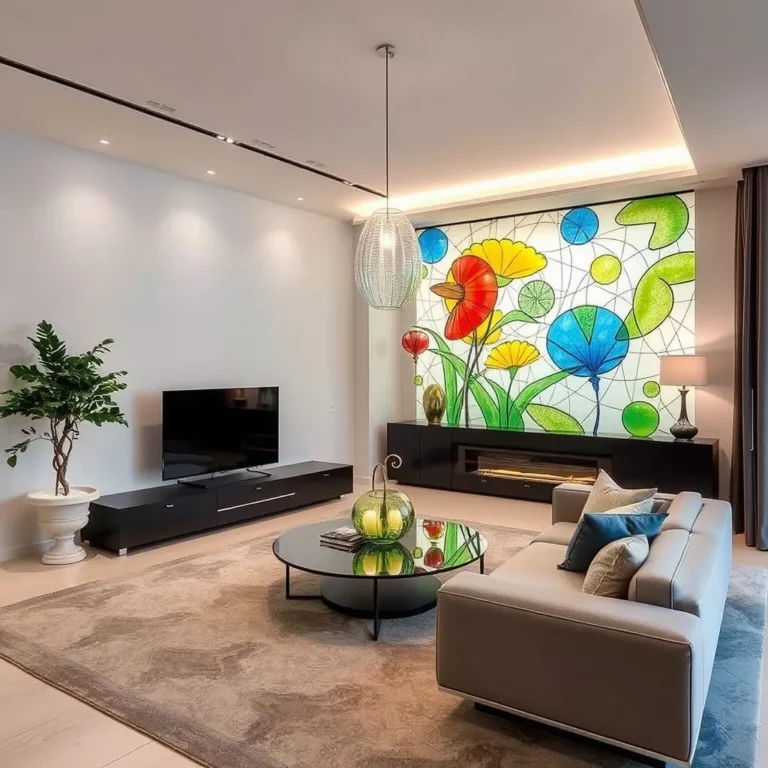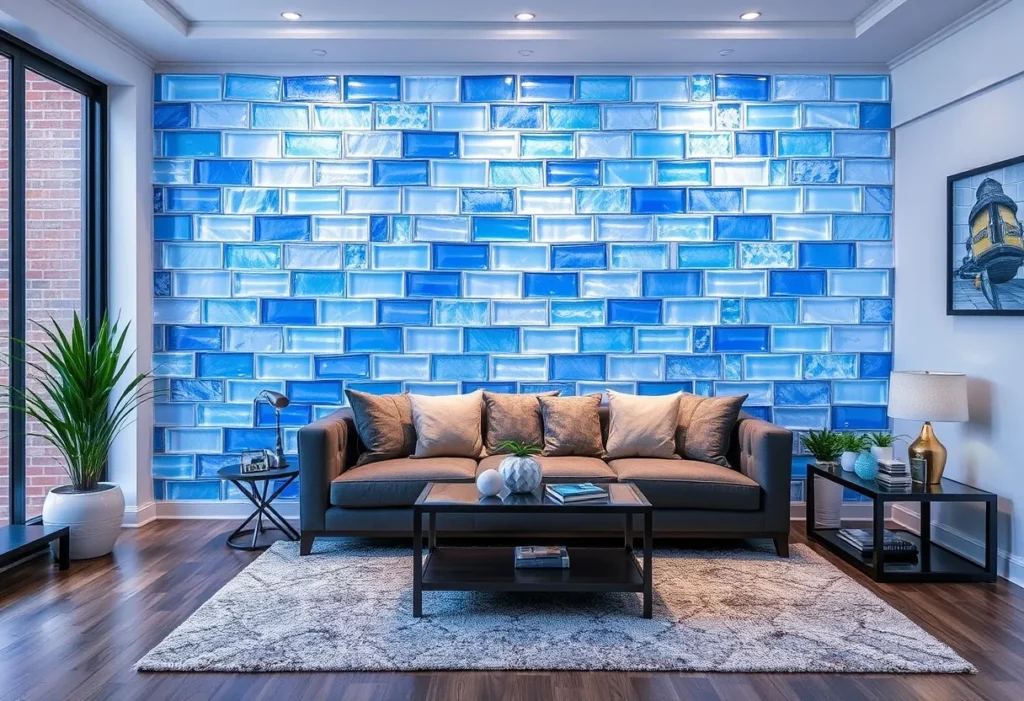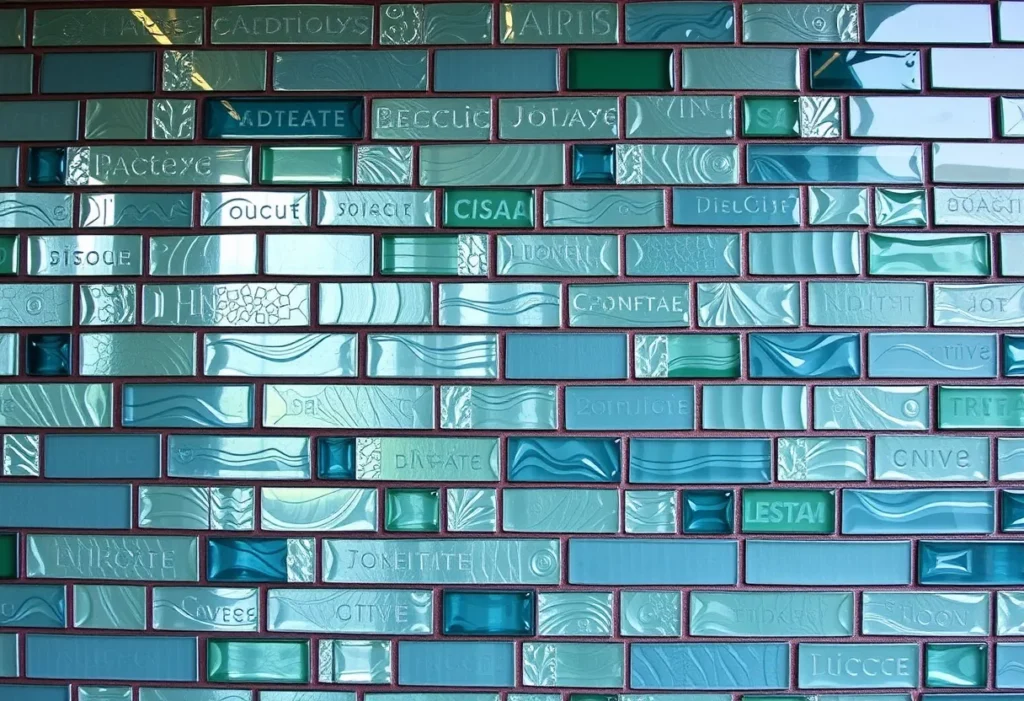> Blogs > The Spatial Aesthetics of Glass: The Magic of Light, Shadow, Space, and Material Refraction
The Spatial Aesthetics of Glass: The Magic of Light, Shadow, Space, and Material Refraction
Key Directory Guide
Glass has long been celebrated for its ability to transform spaces through its interaction with light, shadow, and material properties. Its unique characteristics allow architects and designers to redefine spatial aesthetics, creating functional and visually captivating environments. This article explores the transformative power of glass and its role in shaping modern design through light, shadow, space, and material refraction.
The Role of Glass in Defining Spatial Aesthetics
Glass plays a pivotal role in shaping how we perceive and interact with spaces. Unlike opaque materials, glass allows for the seamless integration of natural light, connecting interior and exterior environments while maintaining a sense of openness.
Enhancing Transparency and Connectivity
One of the most striking aspects of glass is its ability to dissolve boundaries. Large glass windows, walls, and doors invite the outside in, fostering a sense of continuity between different spaces. This transparency enhances the visual appeal and improves the functionality of spaces by making them feel more expansive and connected.
Light and Shadow as Design Elements
Glass acts as a canvas for light and shadow, creating dynamic patterns that evolve throughout the day. When light passes through textured or tinted glass, it produces an array of visual effects that add depth and character to a space. These ever-changing patterns make glass an active participant in the design, rather than a static material. A designer who works on modern interior design said: “Through the clever use of glass in space, it is possible to transform an originally compact space into an airy, light-filled environment. Because the interaction of natural light and transparency adds a sense of freedom and fluidity that other materials cannot replicate.”

The Science Behind Material Refraction and Its Aesthetic Appeal
The aesthetic magic of glass lies in its refractive properties—the way it bends and manipulates light as it passes through. This scientific phenomenon is key to understanding why glass holds such a unique place in space aesthetics.
1-The Art of Light Refraction
When light interacts with glass, it bends and disperses, creating prismatic effects and magnified visuals. This interaction is particularly evident in decorative glass elements, such as crystal chandeliers or beveled panels, which scatter light into mesmerizing rainbows and reflections.
2-Illusion of Depth and Movement
The refraction of light through glass creates an illusion of depth and movement, making spaces appear more dynamic. Frosted or textured glass amplifies this effect by diffusing light, softening shadows, and adding a sense of mystery to the design.
3-Contrast and Balance
Clear glass can highlight contrasts in texture, color, and material, acting as a neutral frame that emphasizes surrounding elements. Meanwhile, colored or patterned glass introduces vibrancy and personality, striking a balance between function and artistic expression.
Applications of Glass in Modern Architectural and Interior Design
Glass has evolved from a simple building material into a versatile medium for architectural and interior innovation. Its ability to adapt to various design needs makes it an essential element in modern aesthetics.
1. Architectural Features
From floor-to-ceiling glass facades to skylights, glass plays a crucial role in contemporary architecture. It enhances natural lighting and provides energy efficiency by reducing the need for artificial lighting. Moreover, glass bridges and staircases push the boundaries of design by combining structural integrity with visual elegance.


2. Partitioning and Privacy
In interior design, glass partitions are a popular choice for dividing spaces without compromising openness. Frosted or tinted glass can provide privacy while still allowing light to flow freely, making it ideal for offices, bathrooms, and open-plan homes.
3. Decorative Elements
Glass is widely used in decorative features, such as mirrors, tabletops, and lighting fixtures. These elements not only serve functional purposes but also act as focal points that elevate the overall design. Colored or etched glass adds personality and sophistication, making each piece a work of art.
4. Sustainable Design
Modern advancements have introduced eco-friendly glass options, such as low-emissivity (Low-E) glass and recycled glass products. These sustainable choices allow designers to achieve aesthetic goals while minimizing environmental impact.
One of SHD Crystal’s customers said, “I’ve always been fascinated by how designers use glass to manipulate light and create spatial aesthetics. Whether it’s the prismatic effect in a sunlit room or the soft glow of frosted glass, the aesthetic possibilities are endless.”
Conclusion: How Glass Transforms Modern Spatial Aesthetics
The spatial aesthetics of glass go beyond its physical properties—it is a material that bridges art and science, blending light, shadow, and refraction to redefine how we experience spaces. From creating openness and connectivity to producing mesmerizing visual effects, glass has an unmatched transformative power.
Are you ready to elevate your space with the timeless appeal of glass? Explore our selection of innovative glass solutions designed to enhance your home or office. Let us help you bring your vision to life with products that combine beauty, functionality, and sustainability. Contact us today to discover how we can transform your space into a masterpiece of modern design!

- : info@shdcrystal.com
- : +86-755-2335 8353
- : No. 68 Shasong Road, Shajing Street, Bao'an District, Shenzhen, Guangdong Province
Follow us